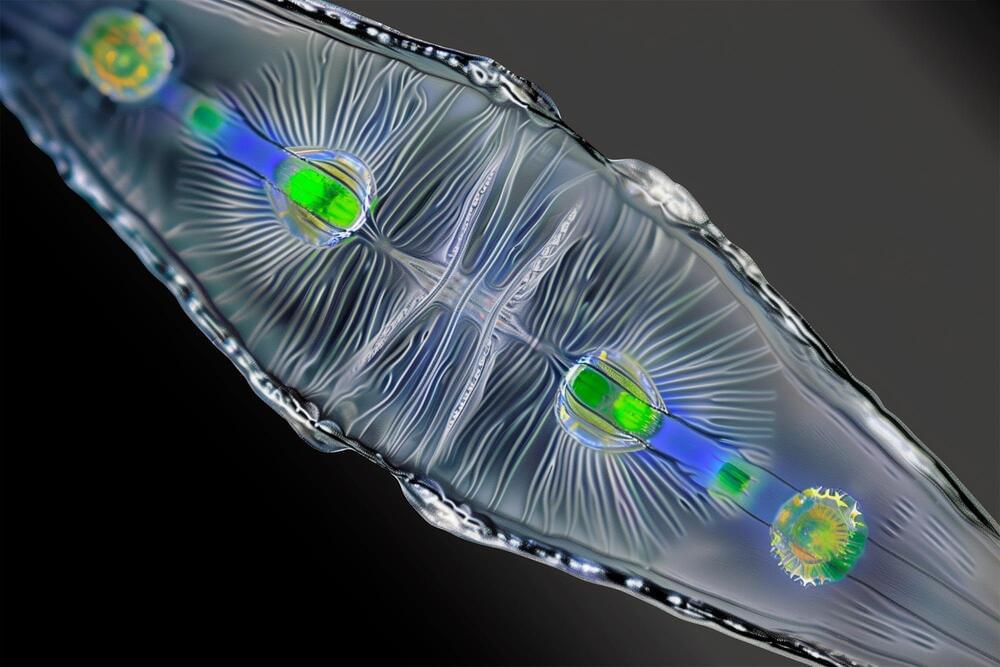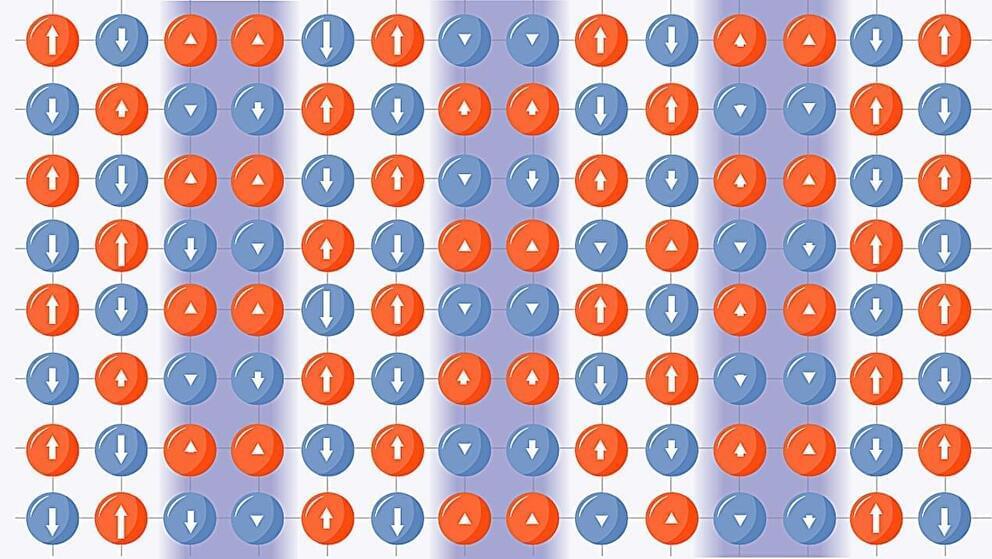The council will delve into the ongoing tug-of-war between military and intelligence agency leaders.
WASHINGTON — Redwire Space is doubling down on interest in the emerging market for very low Earth orbit (VLEO) satellites by offering a second spacecraft platform from its European subsidiary.
In a May 9 earnings call, Redwire announced a VLEO satellite platform called Phantom, developed by the company’s European business unit in Belgium. Phantom is being developed for the European Space Agency’s Skimsat mission, on which Redwire is partnered with Thales Alenia Space, and is now being offered for European and international customers.
Phantom joins SabreSat, a VLEO satellite Redwire announced in its previous earnings call in March that is being developed by the company in the United States. The two designs use different technologies.
Adding neutrinos to an existing nucleosynthesis recipe can account for the puzzling existence of neutron-deficient heavy nuclei.
Researchers predict that several exotic states of matter can exist in semiconductor structures hosting electrons in one layer and holes in another.
A study focusing on childhood maltreatment in Australia has uncovered its alarming impact, estimating it causes up to 40 percent of common, life-long mental health conditions.
The mental health conditions examined were anxiety, depression, harmful alcohol and drug use, self-harm, and suicide attempts. Childhood maltreatment is classified as physical, sexual, and emotional abuse, and emotional or physical neglect before the age of 18. Childhood maltreatment was found to account for 41 percent of suicide attempts in Australia, 35 percent for cases of self-harm, and 21 percent for depression.
The analysis, published in JAMA Psychiatry is the first study to provide estimates of the proportion of mental health conditions in Australia that arise from childhood maltreatment. The researchers said the results are a wake-up call for childhood abuse and neglect to be treated as a national public health priority.
A groundbreaking study reveals that Rhizobia bacteria can fix nitrogen in partnership with marine diatoms, a discovery that could have significant implications for agriculture and marine ecosystems.
Nitrogen is an essential component of all living organisms. It is also the key element controlling the growth of crops on land, as well as the microscopic oceanic plants that produce half the oxygen on our planet.
Atmospheric nitrogen gas is by far the largest pool of nitrogen, but plants cannot transform it into a usable form. Instead, crop plants like soybeans, peas and alfalfa (collectively known as legumes) have acquired Rhizobial bacterial partners that “fix” atmospheric nitrogen into ammonium. This partnership makes legumes one of the most important sources of proteins in food production.
New 3D printing method produces commercial grade microlenses with smooth surfaces, which could advance optical device design.
Researchers in Canada have developed a new 3D printing method called blurred tomography that can rapidly produce microlenses with commercial-level optical quality. The new method may make it easier and faster to design and fabricate a variety of optical devices.
“We purposely added optical blurring to the beams of light used for this 3D printing method to manufacture precision optical components,” said Daniel Webber from the National Research Council of Canada. “This enables production of optically smooth surfaces.”
Superfast levitating trains, long-range lossless power transmission, faster MRI machines—all these fantastical technological advances could be in our grasp if we could just make a material that transmits electricity without resistance—or “superconducts”—at around room temperature.
Like many good ideas in science, it started with a walk in the woods. During a stroll through the Berlin Botanic Garden in 2019, HHMI Janelia Research Campus Group Leader Jan Funke and some of his scientific colleagues started chatting about a familiar topic: How to get more information out of insect connectomes.
Systems controlled by next-generation computing algorithms could give rise to better and more efficient machine learning products, a new study suggests.









